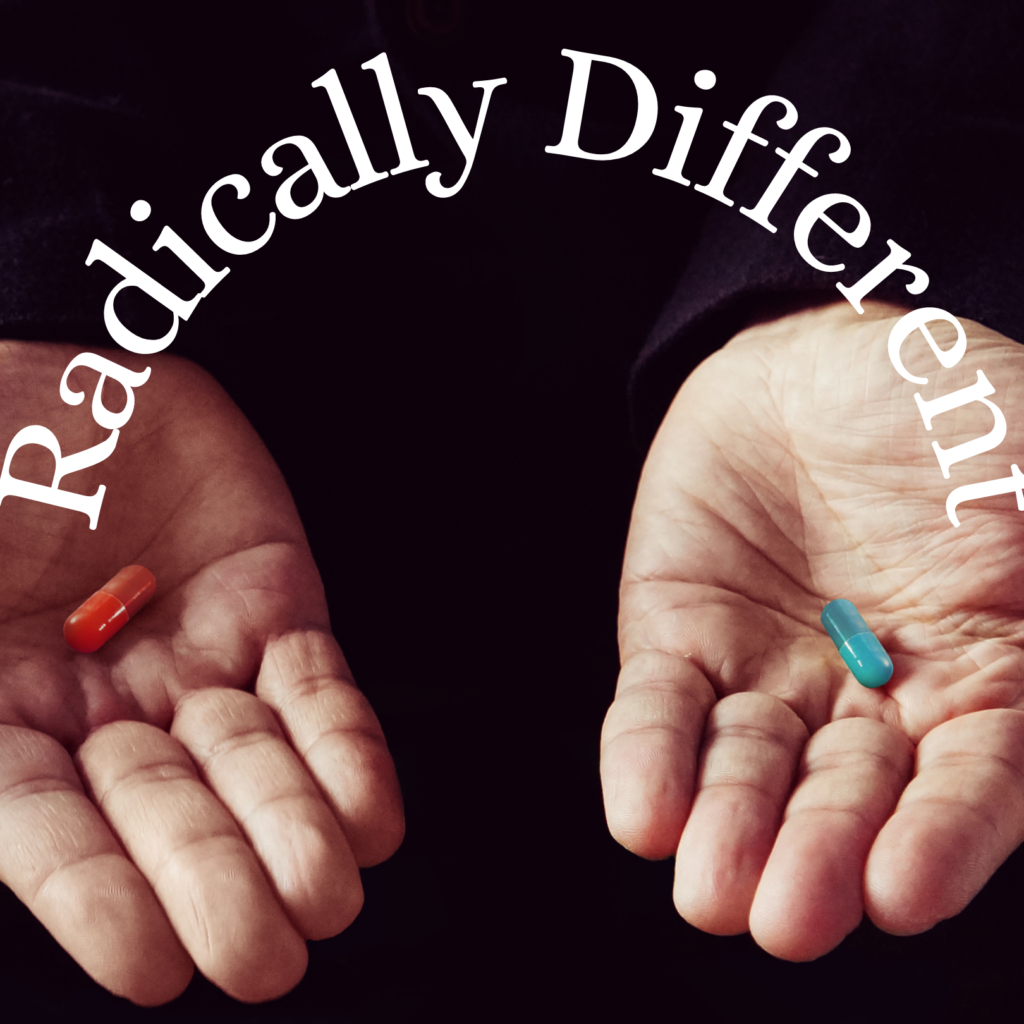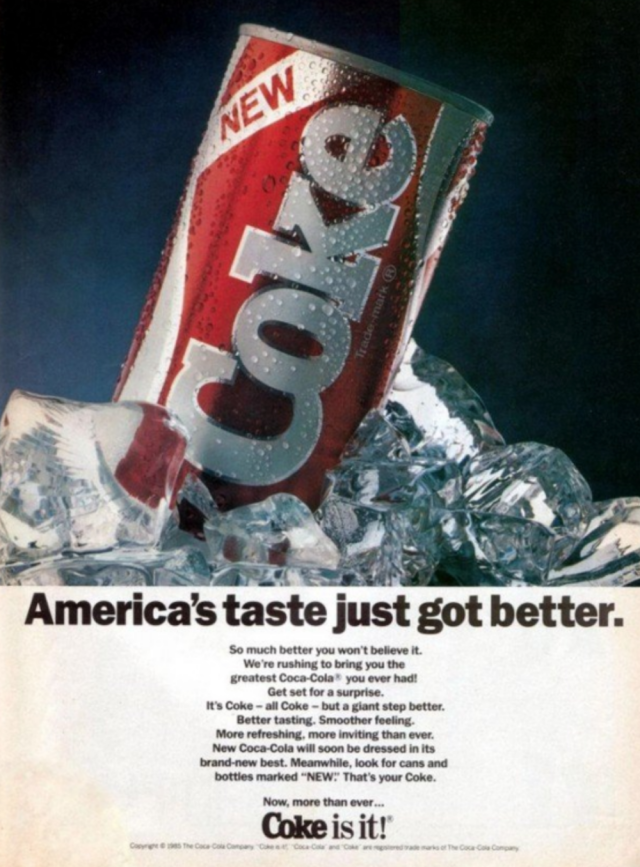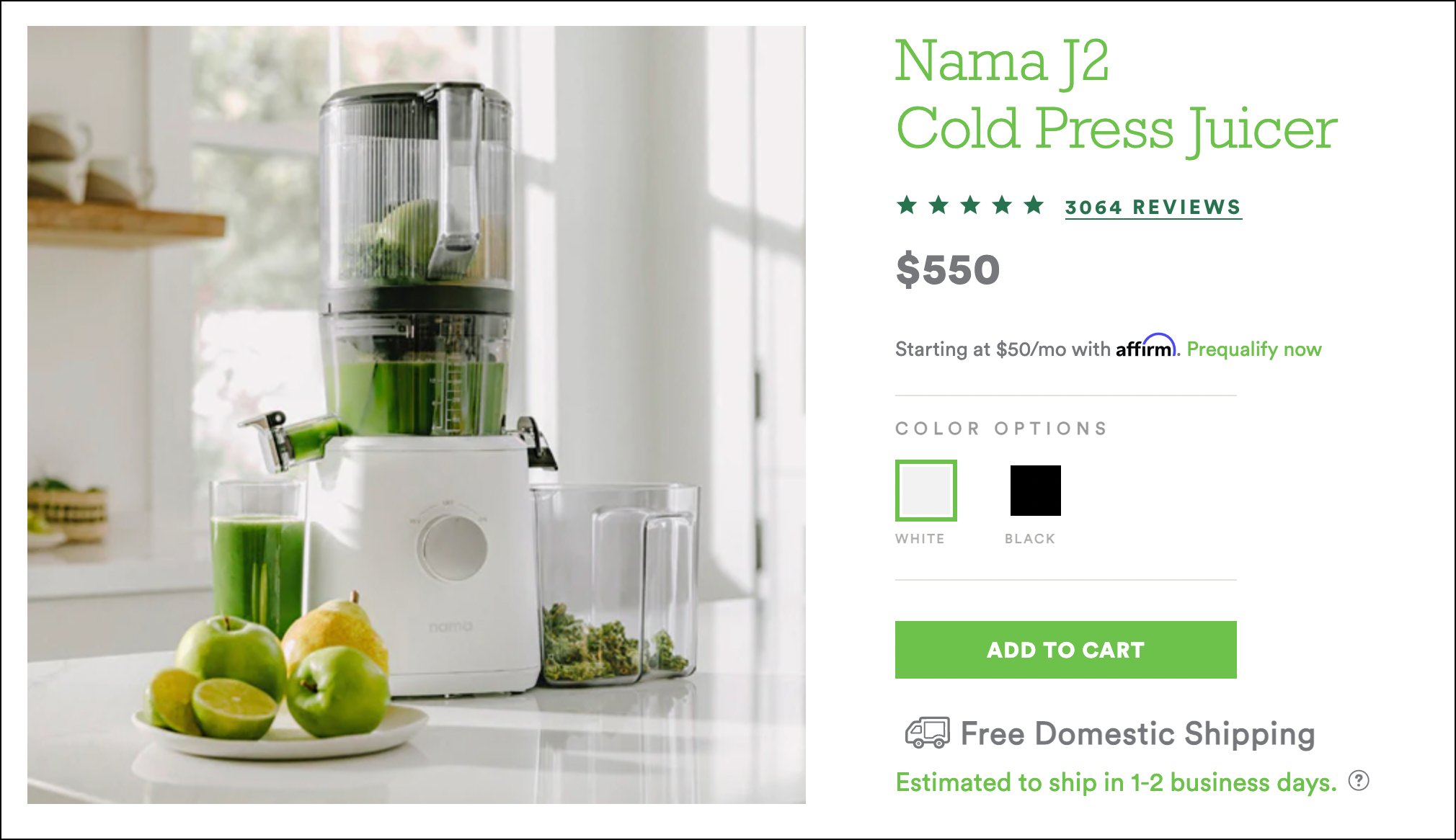Blog
Radically Different Ideas
The best shortcut to reaching a juicy winner is to A/B test subtle radically different ideas.

A site like Amazon.com— with millions of daily transactions— has the luxury of registering statistical outcomes using subtle tests. Amazon can use a scalpel.
Smaller sites (there is only one Amazon in the world) need a hammer.
“Why can’t I use a scalpel?”
If our test ideas are subtly different the testing tool would need 12 weeks to identify a clear difference. But businesses can’t wait 12 weeks. This is where radically different ideas shine.
Imagine 6 cupcakes with varying degrees of sweetness:

It’s really hard to pick the sweetest one since they are all pretty damn sweet. But if someone sneakily added a salted cupcake to the lineup you’d notice it real quick.
The same logic applies to A/B testing.
When dealing with small-ish traffic we need to rely on radically different ideas to know what’s working and what isn’t.
Radically Different — A Business Strategy
The benefit of testing radically different ideas isn’t just the quick conclusion of tests. Its real advantage is that it 10x’es the speed of learning and gives us access to ideas that would be impossible without it.
Our goal isn’t to gain insights that are a little better, we want to leapfrog the competition.
Contrast gets noticed. This is key. We need shoppers to react. A flat A/B test is the worst possible outcome because it means people saw our concept and didn’t even bother reacting. There are zero learnings in flat A/B tests.

The Marketer’s Job
Is to get a reaction— positive or negative.
When my A/B test bombs or does really well it signals my audience reacted to it.
A bombed test may bruise my ego but I’m still learning something fundamental. When a test fails it means people disliked my concept— I can learn from that.
Liquid Death sells water in a can. This is a stupidly saturated market.
If they tested an idea whose central point of view was “we have more minerals than the other guys” it would have made close to 0 impact. So, they did this:
It’s undeniable that this idea has a unique point of view. In fact, even within the Liquid Death brand, this idea is radically different from anything else they’ve run.
The ad forces the reviewer to have a reaction. And that’s what brands need— to know what’s resonating. You don’t have a make a 📺 commercial, just apply this thinking to your product page optimization efforts.
And look, bold ideas can also fail big.

Despite the risk of getting a New Coke, we need the courage to be OK with a test bombing. It’s a mindset change.
If you are scared of running a test that might fail your brain will oblige by suggesting safer ideas. But safer ideas generate modest impacts. And, as we saw above, modest impacts take a long time to register. Ain’t nobody got time for that.
You just have to embrace the idea of testing bold ideas.
The good news is that failing ideas can be stopped quickly.
Let’s say you launch a test that’s doing 30% worse versus the original on day 1.
25% worse on day 2.
32% worse on day 3.
And 30% worse on day 4.
If this happened you should first investigate to see if people are even seeing our test element. Then check to see if the test is actually working properly (often the issue is with the test setup).
But if those things check out, you can 🛑 the test. You’ve lost 4 days of revenue but if you look at the bigger picture that’s nothing.
We think of testing as 90-day sprints with a goal of lifting sales by 20%.
After stopping the test you can transfer attention to our next radical concept— one that builds on top of past tests but has its own distinct personality.
I want to be clear— the goal isn’t to be radically different for the sake of being radically different, that’s just silly. The idea is to test distinct points of views based on our Selling Angles.
Also, radically different doesn’t mean radically different designs. You could redesign the page but that’s pretty expensive. I wouldn’t recommend it. A much better idea is to start by keeping the design unchanged and just focus on the written copy.
Let’s look at an example.
The Vitality 5800 is a popular cold press juicer:

Here are some Selling Angles we identified for this juicer:
1: Like lawnmowers cutting grass, fast juicers pulverize fruits at incredibly high speeds. This model does 43 s l o w revolutions per minute, which keeps micro-nutrients and flavors intact.
2: At first glance, all augers may look the same. This patented one endured 14 years of refinements so it could meet you today.
3: Thanks to the safety sensor, our machine will not run until everything is connected properly. Juice is important, safety is important-er.
Using these 3 Selling Angles I could build my sales pitch. If the test failed I could explore other paths. I could:
A: Instead of showcasing 3 Selling Angles focus on presenting just one main Selling Angle.
B: Identify new Selling Angles.
C: Rewrite to change the voice. If the first draft was written as an authority piece this new one could be more approachable. Like a conversation with a wise friend. Same content just presented differently.
These are 3 examples.
No matter what path is picked it’s important to craft the copy so it’s radically different.
Is this explanation clear? /
🙌
Uh oh! Let's get in touch so I can explain this better.
We'll talk soon!
Recap
We’ve reached the end of our story. We started by talking about conversion rate optimization —> then dove into the incredibly beautiful topic of buyer psychology —>then went into conversion copywriting —> and then got into product page optimization.
For the sake of readability, we have simplified a few details. But these ideas absolutely work as you can see in our 18 case studies.
You most definitely could follow this process and develop solutions on your own. In fact, we encourage it. There is a sense of accomplishment in fixing one’s car 🚘.
But if you don’t have the time and if your Shopify site is doing over $4 million in annual sales (or your bestseller is doing over $1 million) you may want to consider talking to us.
The benefit of working with us is that we’ve done this process so many damn times we can do it in our sleep. Happy to jump on a call.




Comments 2
I like the idea of testing bold ideas in your A/B testing. What do you do if a client does not agree with the bold idea? How might we circumvent this?
Great post, by the way.
ReplyRishi Rawat
Great point. A lot of this has to do with expectation setting. I ask the client upfront if they are OK with keeping tests running tests for 7 weeks (and how that might slow down our 90-day progress).
Most often they aren’t in favor of long-running tests so I let them know we’ll need to test radical ideas to speed up learning. And the value of testing radical ideas isn’t just an increase in speed it also gives us access to totally new insights into the mind of our target audience.
You just have to consistently sell the client on the value of radical testing. CEOs and founders get it.
After all, they are already running radical tests inside their businesses. The only difference is they are doing this OUTSIDE of the safety of an A/B testing sandbox.
Keep the questions coming. This is what gets me excited.
Reply